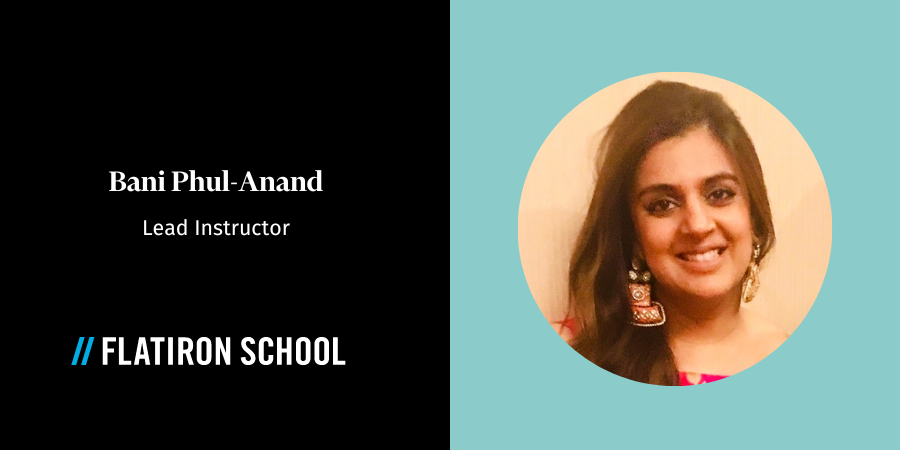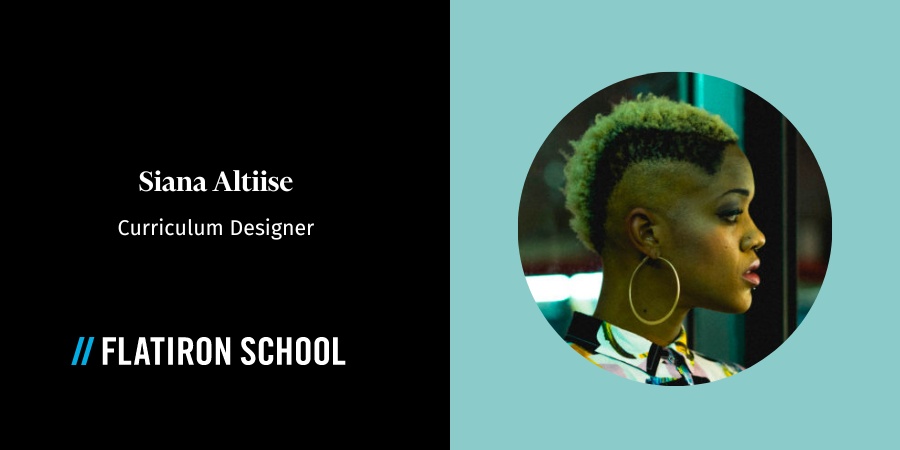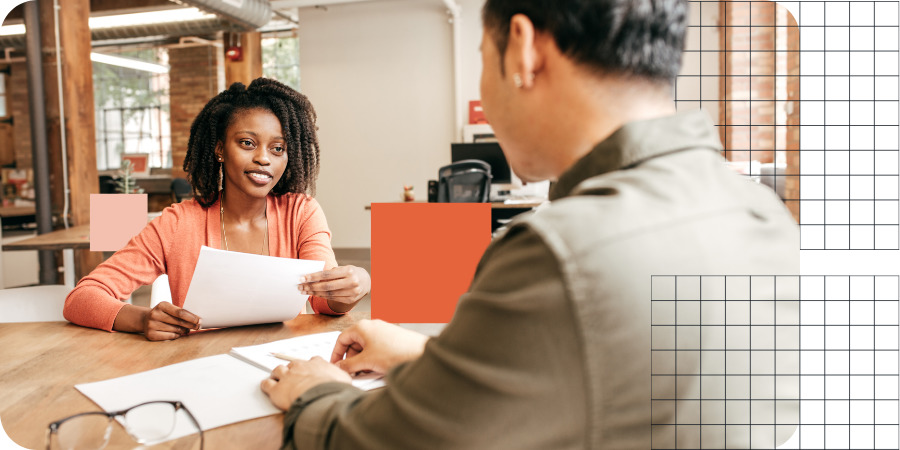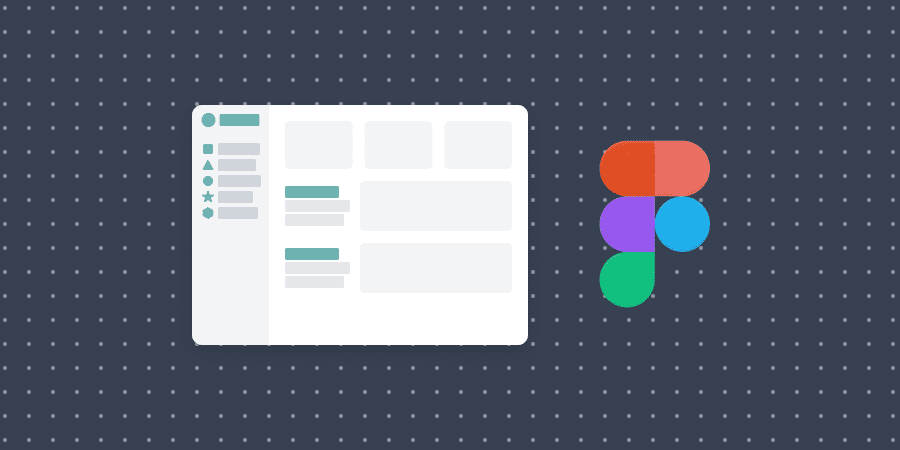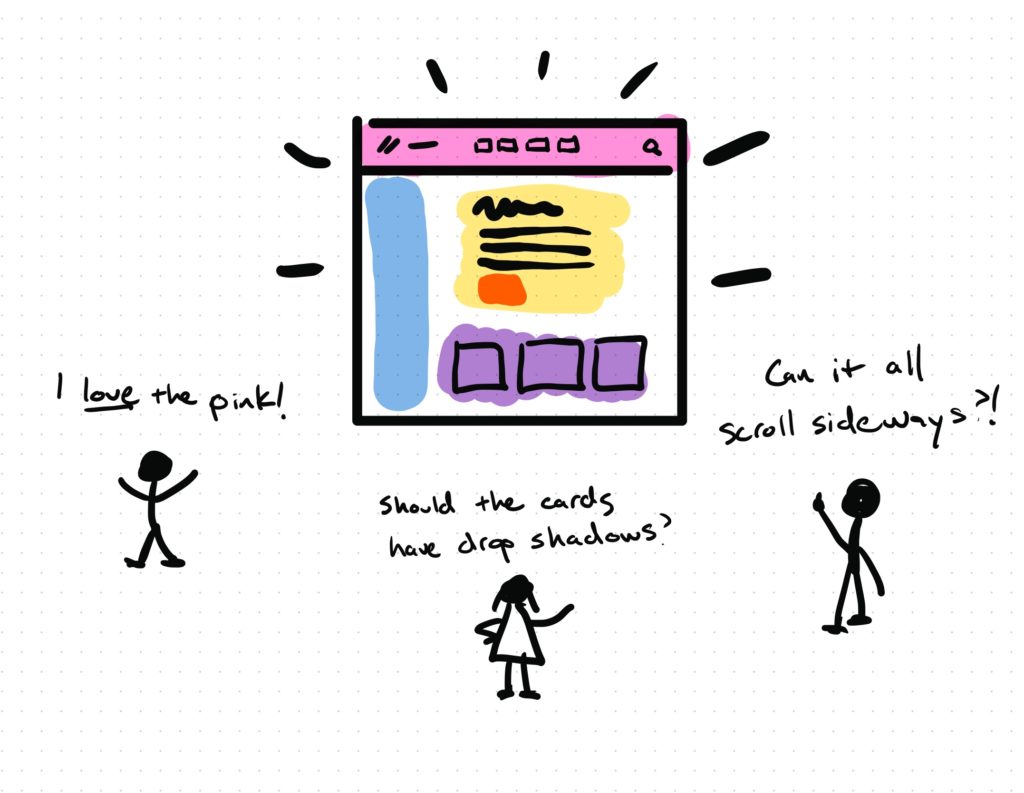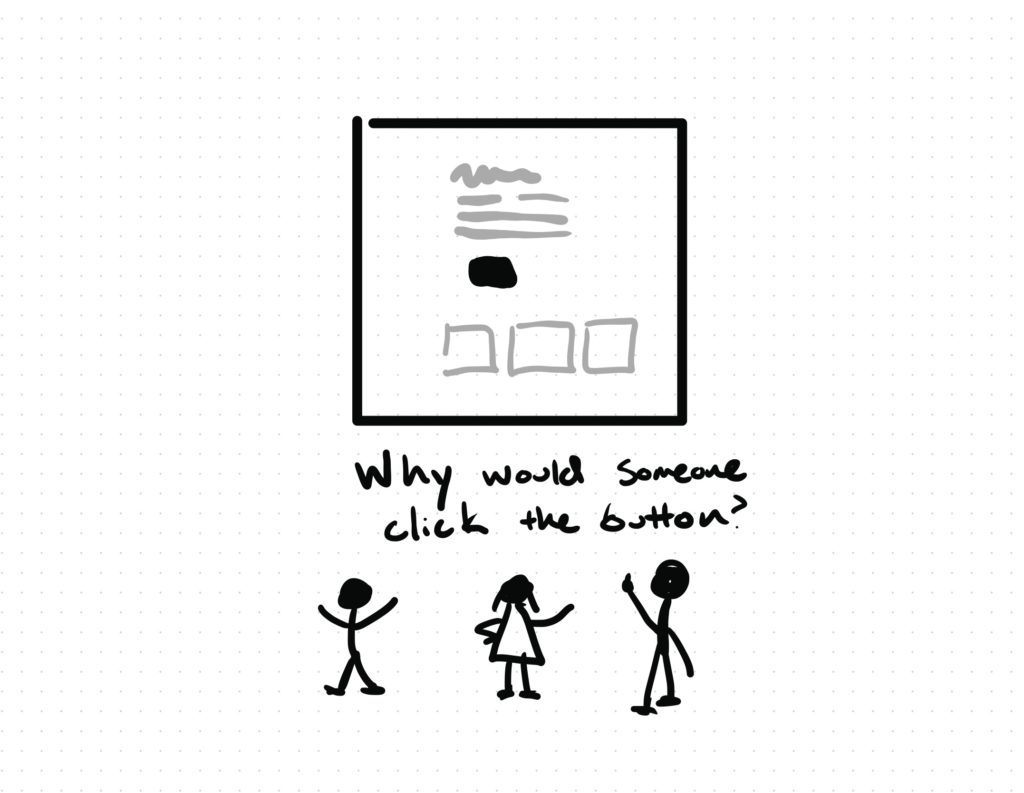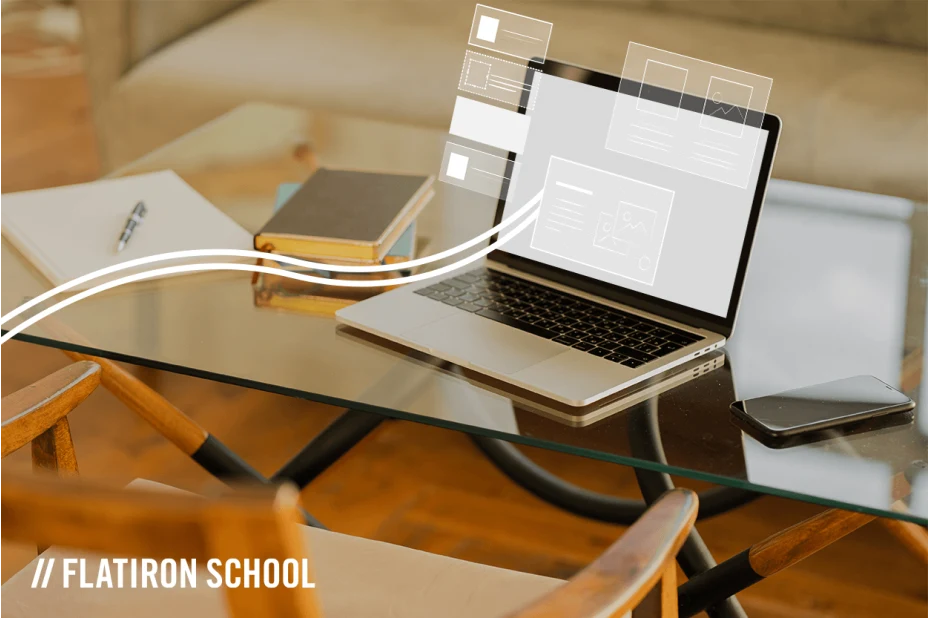With more than 8 million residents, New York City has many opportunities to connect with people from all walks of life. For Product Designers, NYC is a great place to start out, establish yourself in the thriving arts and design culture, and build a career-long network of fellow designers.
Here’s our list of the best networking and meetup groups any Product Designer looking to expand their network should take advantage of.
Groups For NYC Networking
Brooklyn Product Design
This networking group describes its objective as “connecting the product design community together through curiosity and shared learning via speaker talks, social events, and hackathon events in a safe space.”
The group lists more than 3,800* members and covers just about every design topic ranging from design principles to research and mixed reality AR/VR.
UX Crunch New York
UX Crunch was created by Tech Circus, a company that produces educational events for the UX, Design & Product community. The group is dedicated to New York UX Designers and is currently hosting events online.
Women of Culture NYC
Women of Culture is a “community designed to connect and inspire women via meaningful engagement with the arts and creative self-expression.”
Meetups feature curated cultural experiences, group trips, workshops, and online networking events. With more than 4,500* members, this group has a ton of girl power!
Arts, Culture & Technology
This group brings together professionals “working at the intersection of the arts and technology to share ideas, strategies, successes, and challenges,” and to explore questions related to the influence of technology and culture.
New York UX & Design Community
This is a Design community with the goal to blend the disciplines of business, design, and technology. With more than 5,000* members, often featured are conference talks, events, and exclusive industry reports made for their audience.
Fashion Pros: Designers, Artists, Photographers, Recruiters
Fashion Pros is specifically tailored to professionals involved in the fashion industry. Members include designers, photographers, videographers, artists, models, merchandisers, and buyers.
The group is a great opportunity for meeting others interested in joining the industry, finding employment opportunities, and networking with recruiters and those already in the industry.
Design Vine NYC
Design Vine is a group specifically for interior designers. Members must be actively practicing as interior designers, have a degree in interior design, or be currently pursuing a degree in interior design.
The group aims to create a “positive, energetic environment for designers to gain perspective, cultivate meaningful relationships, deep-dive into new products and vendors, and unapologetically celebrate each other’s creative and professional development in the field.”
New York Entrepreneurs & Startup Network
With more than 23,000* members, this group has by far the most members on this list.
Members include “startups entrepreneurs, small business owners, angel and accredited investors, venture capital managers, crowdfunding experts,” and other business professionals. The goal of this group is to connect members with potential business partners, investors, and clients.
NYC Code & Coffee
Code & Coffee is a NYC coding meetup that typically meets on Sundays at 2 p.m. and welcomes coders of any skill level and background.
Attendees range from self-taught hackers, current/ex FANG engineers, uni students, startup devs, fintech, bootcamp grads, and non-traditional tech folk of all ages. This is also a great opportunity for Product Designers to meet and network with developers.
Young Professionals New to NYC
As the name suggests, this group is specifically for those just starting out in The Big Apple. Members can be from any walk of life, not necessarily design, and their events often focus on social events and outings.
New York UX & Design Community
This group brings together designers of all disciplines and design-adjacent positions. Members include “Product Designers, UX designers, UI designers, Graphic Designers, Web Designers, Marketing Designers, and design enthusiasts.”
The goal of the meetings is simply “to learn something new and meet someone new.”
NYC Black Designers
NYC Black Designers’ mission is to “foster the small but growing community of black designers in New York. To raise awareness, and strengthen ties with groups outside of this community and ultimately change that percentage.”
Most events focus on the topics of UI/UX Design, UX Research, Design Strategy, and Visual Design. Designers of all levels and backgrounds are welcome, as well as design adjacent roles like Product Managers, Engineers, and Data Analysts.
Find Your Community At Flatiron School
Whether you’re based in New York City or not, a community can help you get to where you want to go – the first job, the next one, or just to get started.
When you join Flatiron School’s UX / UI Product Design Course, you’re joining a community of like-minded designers. Though they may come from all walks of life, their goal is the same – to take charge of their futures and launch a new career in Product Design.
Join them and Apply Today to be industry-ready in as little as 15 weeks.



